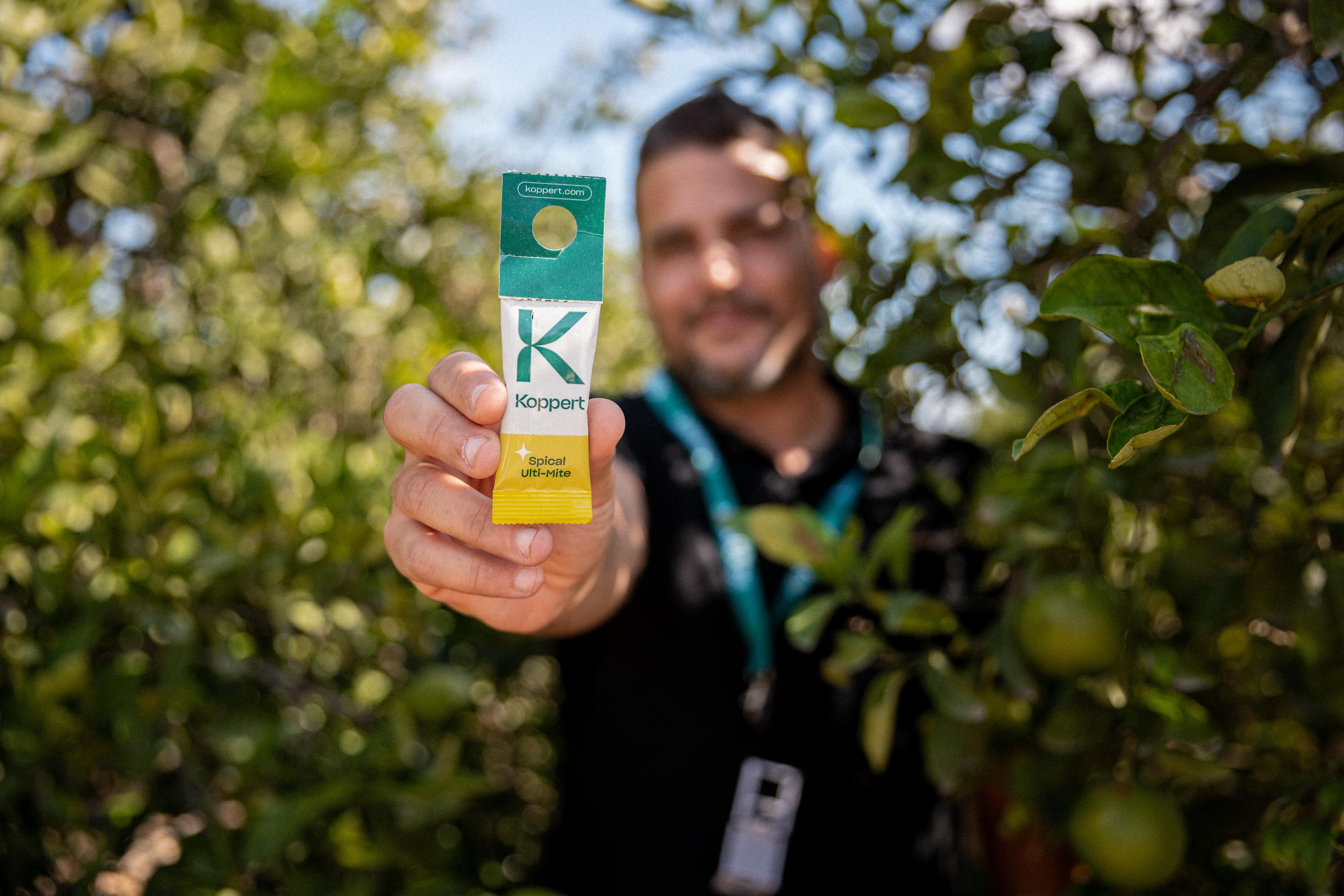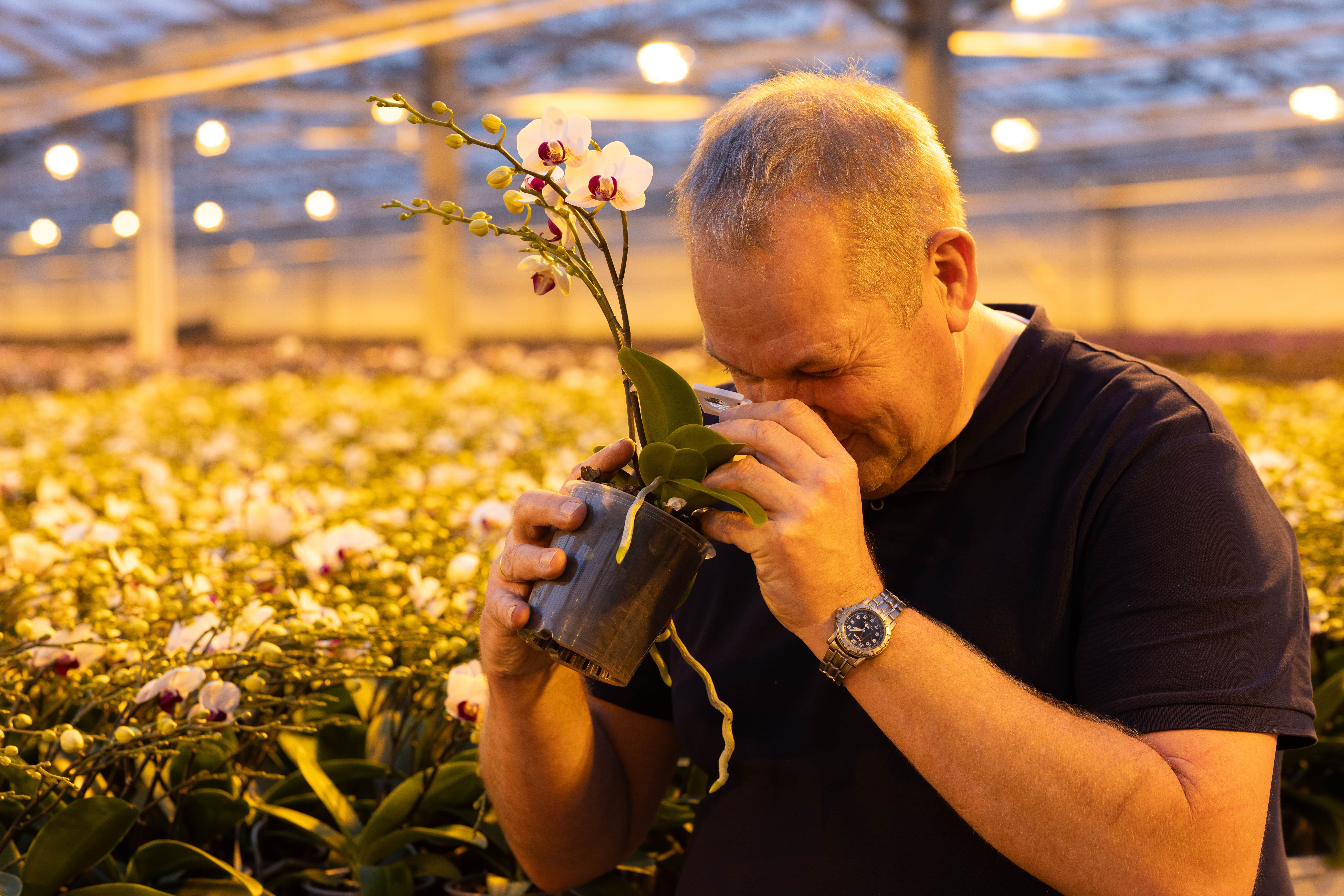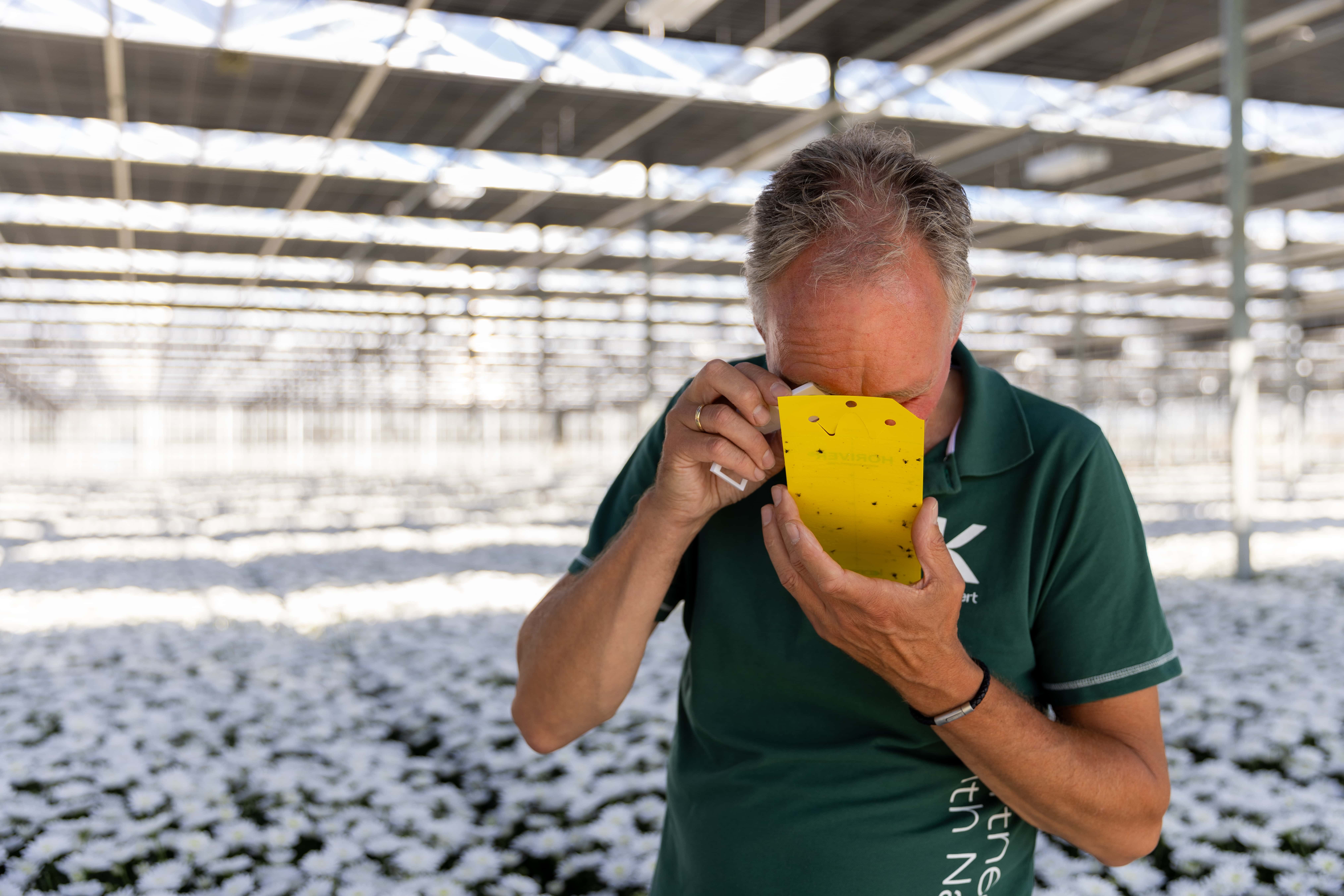Tips and Tricks for Scouting in Integrated Pest Management (IPM)
Oct 21, 2025
Scouting is a crucial part of Integrated Pest Management (IPM) that helps growers—whether commercial or at home—detect and manage problems early. By regularly monitoring plants and taking timely action, you can maintain healthy plants and reduce reliance on chemical pesticides. Here are some practical tips and tricks to help you get started with scouting.
Know Your Plants and Problems
Before you begin scouting, get familiar with the plants you're growing and the common issues that may affect them. Each plant type has its own set of potential challenges. Knowing what to look for makes your scouting more effective and efficient. We've compiled a few free resources below in our "Educate" section as well, see below for more info.
Regular Monitoring
Scouting should be part of your weekly rhythm. Begin as soon as plants start growing or when thrips, whiteflies, or problem mites become active, and continue until plants are dormant or pressure subsides. Consistent monitoring helps you catch problems early and respond with confidence.
Use the Right Tools
Equip yourself with the basics: a hand lens for spotting tiny insects, a camera to document what you find, and a notebook or digital device to record observations. A dedicated scouting journal helps you track changes over time and supports smarter decisions.
Inspect Thoroughly
Check every part of the plant—leaves, stems, flowers, and roots. Look for signs like discoloration, damage, or malformed growth, and scan for insects, eggs, or webbing. Pay close attention to leaf undersides, growing tips, and soil surfaces where problems tend to start.
Record Observations
Write down what you see during each scouting session. Include types of insects or mites, numbers, damage levels, and any other relevant notes. These records help you track activity, evaluate your control strategies, and spot patterns over time.
Use a Scouting Calendar
A scouting calendar keeps you organized. Schedule regular check-ins and note key observations or actions taken. This helps you stay consistent and spot seasonal trends in pressure.
Implement Preventative Measures
Scouting works best when paired with smart prevention. Here are some foundational strategies:
Proper Spacing: Give plants room to breathe. Good airflow helps reduce disease risk.
Healthy Soil: Build strong roots with balanced nutrition and organic matter. Healthy plants are naturally more resilient.
Sanitation: Keep growing areas clean. Remove plant debris and weeds that can harbor problems. Dispose of compromised material—especially soil and leaf litter—responsibly to prevent spread or resurgence.
Biological Control
Biological control means using beneficial organisms to suppress unwanted insect or mite populations. Here’s a line-up of some of our best preventative products:
Nematodes: Use Entonem (Steinernema feltiae) for fungus gnats and thrips pupae. For deeper soil issues like beetle larvae and root aphids, use Larvanem (Heterorhabditis bacteriophora). For caterpillars such as cutworms and other soil-dwelling lepidopteran larvae, use Capsanem (Steinernema carpocapsae)
Predatory Mites: For spider mite prevention, apply Spical Ulti-Mite Sachets (Amblyseius californicus). For broad-spectrum protection against thrips, whiteflies, and problem mites, use Swirski-Mite Ulti-Mite Sachets (Amblyseius swirskii) in combination with Spical Ulti-Mite Sachets.
Chrysopa (Green Lacewing Larvae): Chrysopa larvae are generalist predators that feed on aphids, thrips, whiteflies, spider mites and other soft-bodied insects. They are ideal for preventative use where early-stage suppression is key & are best dispersed on targeted areas with a history of problems or broadly across plants.
Minute Pirate Bugs: Thripor (Orius insidiosus) targets thrips and opportunistically feeds on other small insects like spider mites.
Soil Predators: Entomite-M (Stratiolaelaps scimitus) is a top choice for fungus gnats, thrips pupae, and root aphids. 
Building a Preventative Program
Here’s how to layer your biological controls for long-term success:
Start Early: Introduce slow-release sachets like Spical Ulti-Mite, Swirski-Mite PLUS, or Thripex (Neoseiulus cucumeris) at the start of the crop cycle.
Layer Your Defenses: Combine soil-level predators (Entomite-M) with foliar sachets and sticky traps like Horiver Yellow.
Maintain Consistency: Reapply sachets monthly depending on observed conditions.
Integrate with Scouting: Use visual mapping and zone comparisons through sticky trap observations to adjust release rates and product combinations.
Avoid Broad-Spectrum Sprays: If knockdown is needed, use softer options like neem oil and follow with curative beneficials such as a bottle of Spidex Vital (Phytoseiulus persimilis).
Support Plant Health: Use beneficials like Continuum, Dune, and Lumina to improve root health and plant resilience.
Physical Controls
Physical controls help reduce insect and mite pressure without chemicals:
Sticky Traps: Use Horiver Yellow to capture & monitor probelms like whiteflies, thrips, fungus gnats & spider mites blown in on air currents.
Row Covers & Netting: Use row covers or netting on blooming flowers to block insects while allowing light and water through.
Handpicking: For larger insects like caterpillars and beetles, manual removal is effective in small-scale gardens.
Chemical Controls: Use chemical intervention only when necessary, and always with care. Many chemicals, including off-the-shelf remedies can be harmful to both plant, human, and pet health. Utilzing harsh chemicals can also delay the ability to apply beneficials, resulting in less curative options down the line. Starting with products like neem oil and other essential oils allows for more options if curative controls are needed. Neem and other essential oils are only harmful to beneficials if sprayed directly on contact.
Rotation: Rotate active ingredients to prevent resistance and/or utilize beneficial controls. Beneficials do not cause target pests to develop resistance, allowing you to build a stable, scalable preventative plan.
Educate
One great spot for information from industry experts is the GrowerTalks Podcast. Check out Koppert Corner in GrowerTalks for biological control tips and updates from the field. The more you know, the more confident and effective your approach will be. Many universities also offer free resources, for state-specific tools check out your local universities web page by searching for "Scouting IPM" and your local institutions' name.
We've compiled a few free resources here:
MSU Extension – IPM Scouting in Herbaceous Perennials
Practical tips for scouting in perennial landscapes from Michigan State University Extension.
UConn Extension – Greenhouse Scouting & Decision-Making Guide (PDF)
A downloadable guide with scouting protocols and monitoring tools for greenhouse growers.
University of Missouri Extension – Crop Scouting Basics (PDF)
Covers foundational scouting methods, sampling patterns, and diagnostic strategies.
Penn State Extension – Scouting in Vegetables (Video & Guide)
Includes a video and article on how to scout for insect and disease pressure in vegetable crops.
Iowa State University – Crop Scouting Educational Resources
A hub for crop-specific scouting guides, training materials, and educational tools.
UMass Extension – Scouting Calendar & Vegetable IPM Tools
Includes printable scouting calendars and IPM tools for vegetable growers.
Rutgers Extension – Landscape IPM Scouting Techniques
A practical overview of scouting methods for landscape professionals.
Need Help? Let’s Talk.
If you’re facing a problem you can’t solve alone, we’re here for you. Use our Live Chat or fill out the Contact Us form linked here. We’ll help you build a plan that fits your plants, your space, and your goals.
Conclusion
Scouting is the foundation of smart pest management. It empowers growers to detect and respond to problems early, maintain healthy growing conditions, and reduce reliance on chemical pesticides. When paired with biological controls and preventative strategies, scouting becomes a powerful tool for sustainable, confident growing.
Check out some more information for a succesful IPM Program below:
Want to rethink how IPM fits into your bottom line?
(This article explores how Integrated Pest Management isn’t just about sustainability—it’s a smart business strategy that can improve profitability when paired with biological control.)
Want to learn how to manage indoor pressure naturally?
(This article introduces key beneficial insects for controlling aphids, thrips, whiteflies, spider mites, and fungus gnats in houseplant environments—without relying on chemical sprays.)
Need to check compatibility by beneficial predator vs active ingredient?
(A quick-reference guide for checking which beneficials are compatible with common active ingredients used in pest management.)
Looking for compatibility info based on popular spray products?
(This chart helps you identify which beneficial insects can be safely used alongside widely used commercial spray products.)
Looking for clarity on common misconceptions about beneficial insects?
(This article breaks down widespread myths about beneficial insects and explains their real-world role in biological control and plant health.)
Curious why prevention matters in biological control—even before problems show up?
(This piece challenges the idea that action only starts when something goes wrong, and explains why & how proactive strategies are key to successful growing.)
Trying to determine which predatory mite species is right for your growing environment?
(This article compares key predatory mite species and product formats to help growers match biological control to their crop, climate, and pest pressure.)
Trying to determine which formulation of predatory mite is right for your set-up? Check out the following product break-downs:
Thripex — Thrips & Problem Mite Control for Cooler Environments - Natural Enemies
Swirski‑Mite - Thrips & Whitefly Control for Warm Environments - Natural Enemies
Spical - Versatile Defense Against Mites - Natural Enemies
Spidex - The Spider Mite Specialist - Natural Enemies


